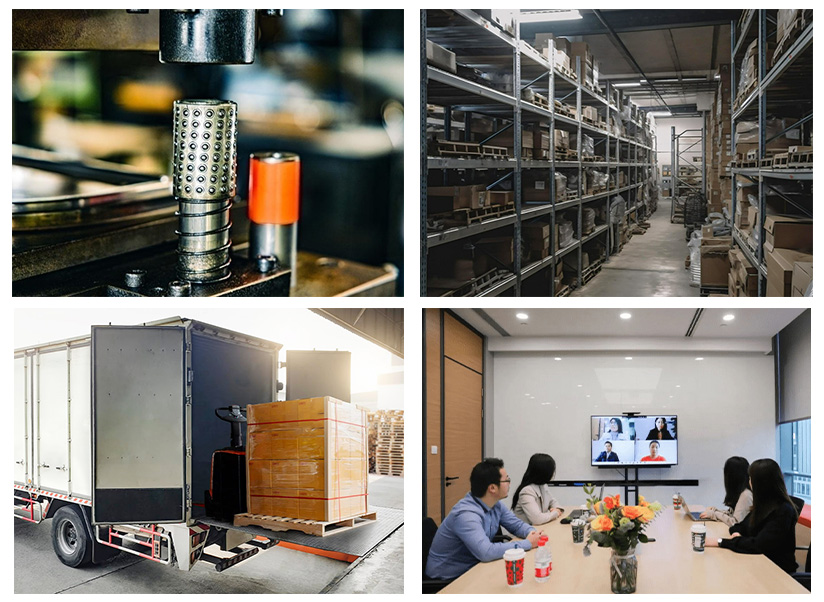Metal welding is a flexible industrial technique that can combine different metal types. This sculptural method changed manufacturing by making it possible to produce complex and robust metal items. Metal welding, which comprises more than 40 different techniques, has become a crucial component of many industries, including the automotive, building, and aerospace sectors.
Fusion welding is one of the main subcategories of metal welding. To connect metal components directly, the technique entails melting both the workpiece and the solder. There are many ways to provide the heat needed for fusion welding, including gas flames, electric arcs, and lasers. As they cool and solidify after being melted together, the workpiece and solder come together to create a solid bond.
Another typical type of metal welding is pressure welding. This technique uses pressure to attach metal pieces, as the name would imply. Pressure welding does not involve melting metal, in contrast to fusion welding. Instead, the force applied deforms and compresses the material, forming a solid junction that cannot be separated. When a high-strength connection is required or when combining metals with differing melting temperatures, this approach is very helpful.
A third type of metal welding is brazing. It entails utilizing brazing alloys as filler materials to link metal components. When brazing, as opposed to fusion welding, filler materials with lower melting points than the parent metal can be used.The brazing alloy is heated to its melting point (usually lower than the workpiece) and then flows by capillary action between the metal parts to form a strong, reliable joint.
Custom metal welding is essential to many businesses since it makes it easier to produce a variety of goods. Welding is used in the automotive industry to assemble the frame, exhaust system, and engine parts. It ensures the vehicle’s structural stability and safety. Metal welding is used in construction to join steel beams, rebar, and pipelines, assuring the stability and tensile strength of structures and infrastructure. In order to ensure the reliability and integrity of aircraft, welding is also employed in the aerospace sector to produce fuel tanks, engine components, and aircraft structures.
Different automated and robot-assisted welding systems have been created as a result of improvements in metal welding technology. These developments not only boost output and accuracy but also increase worker safety by reducing their exposure to risky situations. Additionally, the computer-controlled welding system allows for greater repeatability and accuracy, resulting in consistent, high-quality welds.
Although metal welding has many benefits, it also presents certain challenges. The process requires skilled and well-trained professionals who have an in-depth knowledge of the different welding methods and metal properties. Additionally, issues such as distortion, porosity, and residual stresses may occur during welding, affecting the structural integrity of the final product. Therefore, careful planning, careful execution and strict quality control measures are essential to ensure the reliability and performance of welded metal products.
In conclusion, metal welding is a versatile and indispensable metal joining process. With its numerous welding, gluing and brazing methods, it offers endless possibilities for fabricating and engraving metal products. From the automotive to construction and aerospace industries, metal welding plays a vital role in ensuring the strength, durability and safety of a wide variety of products. With the continuous advancement of technology, metal welding technology will undoubtedly continue to develop, further improving the efficiency, precision and quality of welded parts.
Post time: Aug-15-2023

